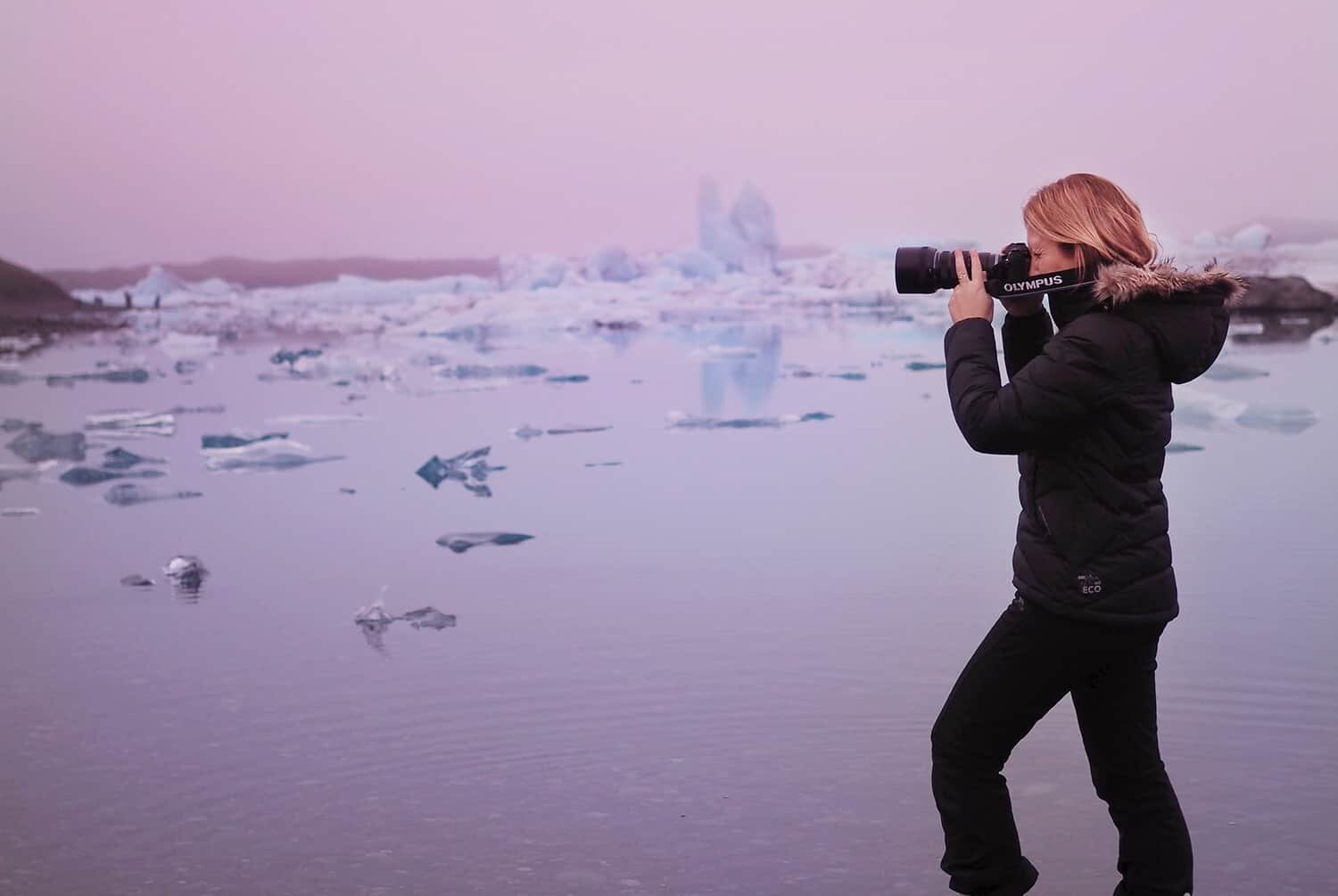
Developing A Photographic Eye – One of the most important elements of photography
Travel photography isn’t all about having the biggest and best camera. Sure some nice equipment and a great lens can help improve your photography, but the most important thing is the development of your creative eye.
The way you see the world will change the way you capture photographs.
Having an eye for photography can be something you inherit from your super dooper arty parents, or like most of us, it’s something you work on and enhance over time.
What is an ‘eye’? It’s describing the way you see, having an ‘eye’ for photography is more about having a knack for seeing things in a unique or artistic way. It’s all about your creative vision.
Developing your photographic eye doesn’t happen overnight but there are many little habits you can implement to help kick things along. Sometimes it’s best to begin without a camera…simply look at a scene and imagine how it could be captured.
Are you framing the entire scene before you? Or are you cropping to focus on one element?
Whether it be a beach, city street or carnival, try to change the way you’re looking at it. Don’t stare straight ahead, instead look for details, lines, focal points or moving objects that can enhance the photograph.
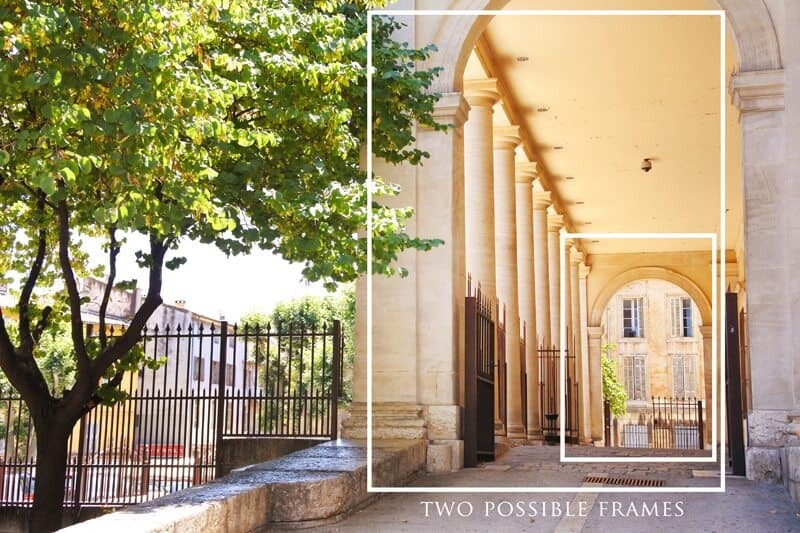
10 Challenges to help you develop your photographic eye:
#1: At breakfast, arrange your plate, coffee, cutlery, bread etc. to how you think it would photograph best. Think lighting, composition, colour. Then repeat this again for a week to encourage your mind to see it differently every day.
#2: Take a walk around your town (without a camera) and look for photographic opportunities. The ability to take a great photograph begins before you even pick up your camera. You need to see it first.
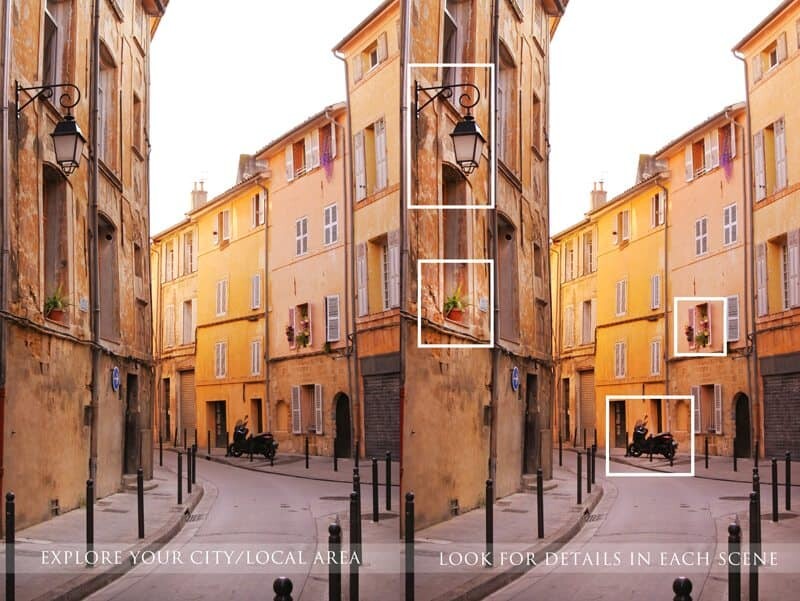
#3: Go to an open scene (beach, park, football field) and look for lines that enhance perspective. Are there natural lines like a row of trees, the tide line in the sand or man-made lines like gutters, streets, lamps?
Once you’ve found a linear effect, imagine how you would photograph it. Would you frame the image to have the line coming out of the corner or straight down the middle?
Linear effects are great to include in your imagery to add perspective and direct the viewer where to look.
Read more – ‘How to Creatively Compose Images‘
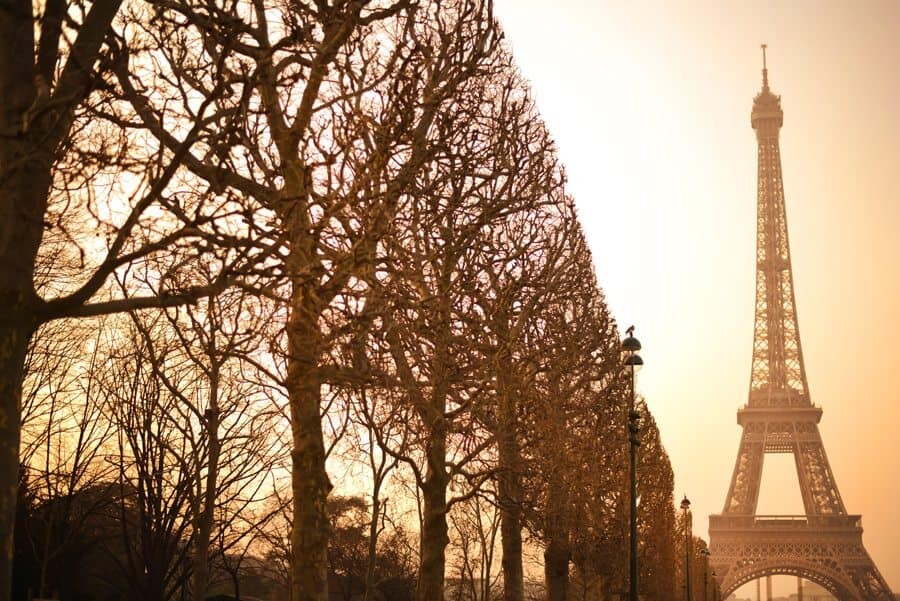
Perspective – Telling your viewers where to look is a clever way to draw them into your photograph. Using lines to point their eyes toward your subject creates a powerful photograph and one you can have fun composing with streets, bridges or as in this case, the perfectly aligned trees along the Champ de Mars leading to the Eiffel Tower.
#4: Look for the light. While lighting depends on your style of photography, for travel photography a beautiful light can make all the difference. Practice researching the best times for your area to shoot warm afternoon light and then look for locations that soak it all up.
Read more – ‘Setting the Scene: Working with Light, Golden Hour, Sunrise and more…”
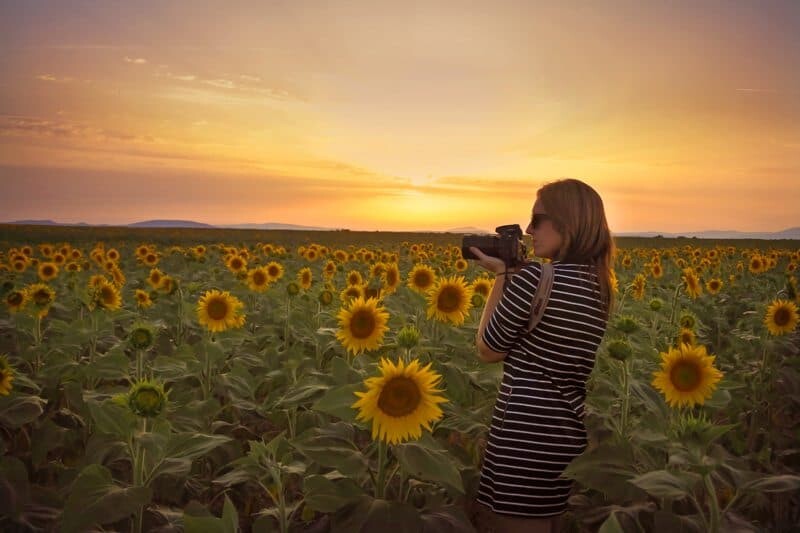
#5: Take your camera to a familiar place that you visit regularly…it can be work, the supermarket, a national park. Capture the place in one photo without thinking too hard. Afterwards spend five minutes looking at the image and assessing what could be done to make the photo more creative. Where you standing and pointing straight ahead? Could you try a different angle? Looking up, along the ground or with something in the foreground that sums up the sense of place? You’ll be amazed at how different a photo can look once you start to think about its composition.
#6: Grab a friend of family member and ask them to be your model for 30minutes. Use them as a subject to frame within the environment and take ten photos that each has a different composition. Taking a photo of a person doesn’t mean they have to be front and centre. You can hide them behind a tree so just their legs are poking out. Have them walking into the sunlight so the warm glow wraps around their body. The possibilities are endless so be sure to review your images and again look for any improvements or develop new ideas for your next attempt.
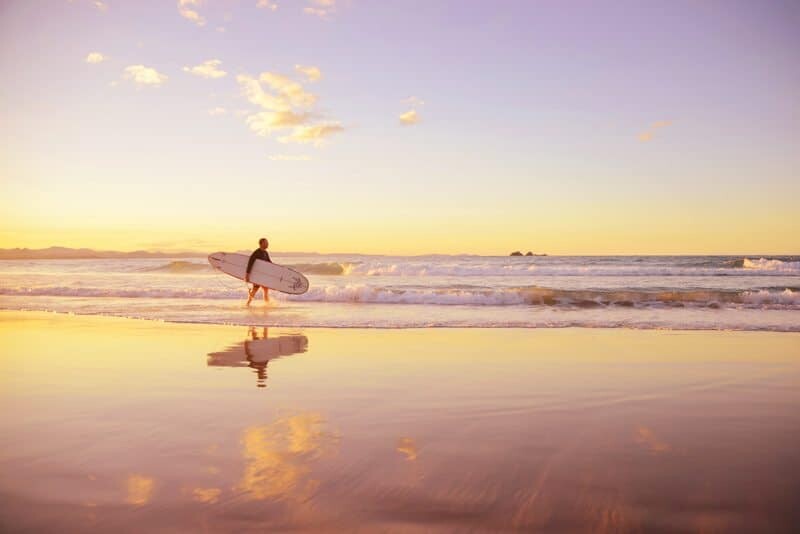
Look for reflections and how you can place a person within the environment to help tell a story or show perspective.
#7: Take a simple object like a bottle of water and photograph it on an empty table against a blank wall. This task encourages you to see the object as something more than a boring bottle and to capture it so it looks enticing despite the bland surroundings. Can you find some light sparkling in the bottle? You could focus only on the bottle top and shoot downwards, or frame it using the table edge as a blurred foreground haze.
#8: Look through your last bunch of holiday photos. Be your own critic and write down ways to improve each shot. Even the photo of you standing in front of that famous sight or at dinner…every shot can always be improved or taken in another unique way.
#9: Spend a day with your camera aimlessly wandering around your town photographing whatever takes your fancy. Try to capture scenes as creatively as possible whether it be a shop window, a parked car or a pedestrian crossing.
#10: Plan your first photo location shoot or your next weekend away based on the idea of a photo. Imagining a scene and then seeking to recreate it in reality is a great way to boost your photographic eye.
By following all ten or even just a few of the steps above you’ll see your photographic eye develop and your photos improve dramatically.
Seeing the world with your own unique vision will make your travel photographs stand out amongst the millions of images taken at each destination. By aiming to shoot scenes a little more creatively, you will also start to see and appreciate the details of each location.
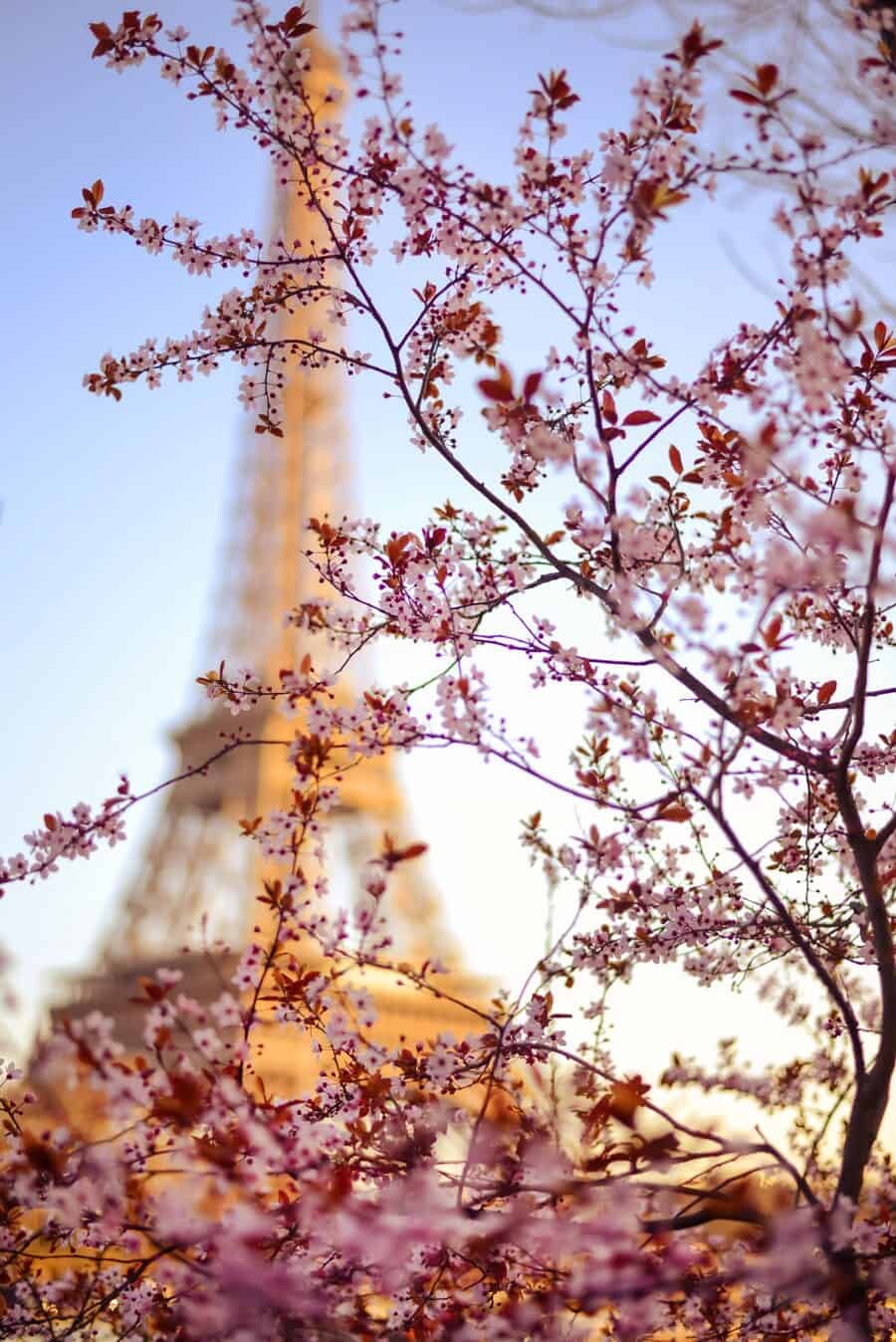
I would love to see your work if you’ve completed the challenges above, either pop me an email at hello@thewanderinglens.com or use the hashtag #thewanderinglens on Instagram so I can have a peek and see how you progressed!
Alternatively, join The Wandering Lens Private Facebook Group where you can share your images, ask questions and get feedback or advice from other photography lovers!
If you’ve got any questions I’m always happy to answer them too…either comment below or again, send me an email.
Good luck!
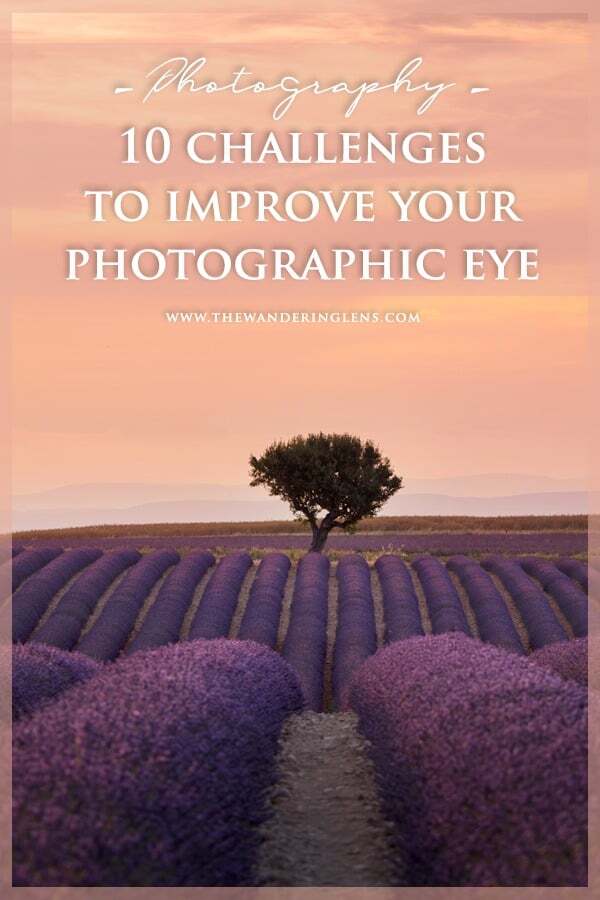
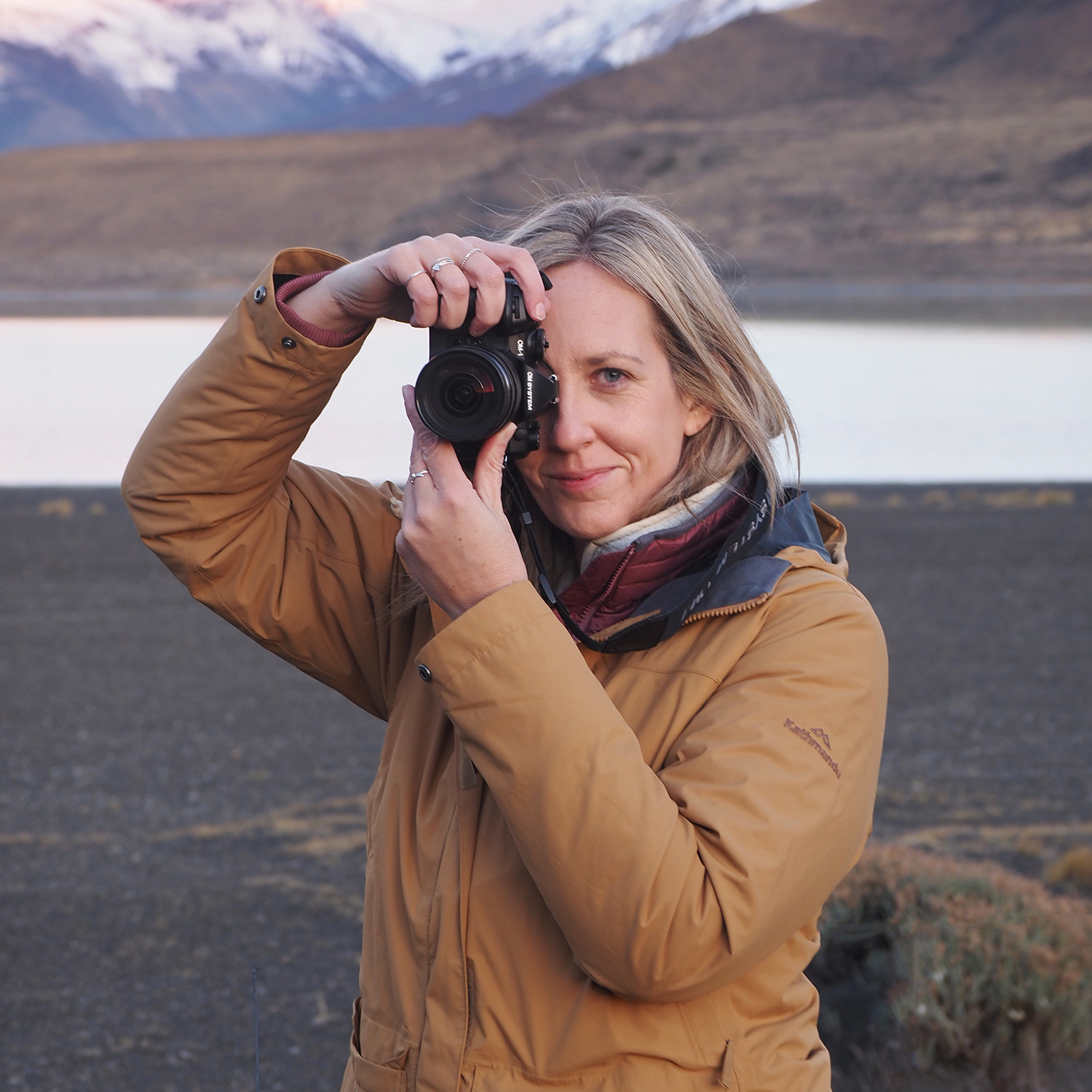
Hello! I’m the founder and photographer behind The Wandering Lens.
With 19+yrs experience as a professional travel and landscape photographer, all advice found on this site is from my personal experience, or that of contributors, on the road. I hope it’s useful for your own travels and would love to hear in the comments about your trips and experiences around the world.

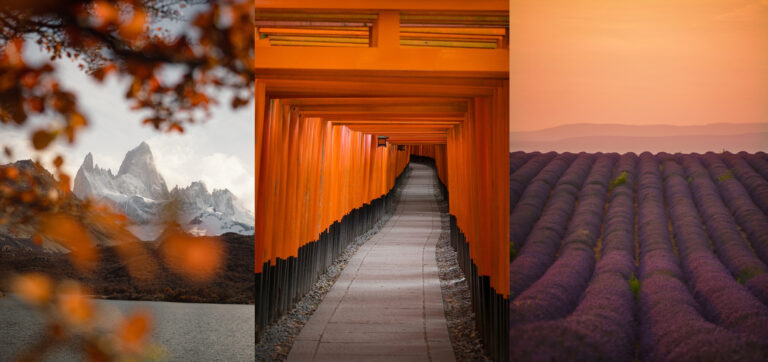
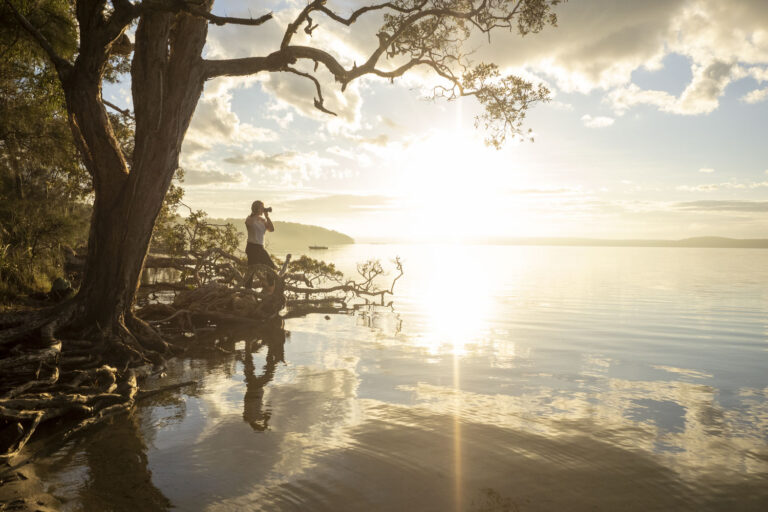

Blog Comments
Tom Miller
August 19, 2015 at 11:23 pm
Excellent post, beautifully captured images. Thanks for sharing these tips regarding photography.
thewanderinglens
September 26, 2015 at 2:46 am
Hi Tom, thanks so much. I hope the tips are useful for you 🙂
Genevieve
September 26, 2015 at 2:33 am
Hi Lisa,
Thanks so much for writing this article! All of these exercises seem really useful and I will definitely be giving them a go. I’ve been looking for ideas like this, and so much of what I’ve found on the Internet has not been very original or creative. These are great ideas! Love your photography too.
Thanks
Genevieve
thewanderinglens
September 26, 2015 at 2:49 am
Hi Genevieve, so great to hear you found this post useful! There are so many ways to improve your photographic eye and I narrowed it down to these tried and tested favourites that are actually fun to complete 🙂
I hope they help you capture the world in your own unique way! If you’d like to send through your favourite shot, I feature bloggers/photographers once a month in The Traveller Series with a link to your blog…you’ll find more details here. Good luck with your photography!
Kal
April 19, 2023 at 6:52 pm
Great easy-to-be-applied tips, Lisa! Thanks for this – I am keen to start with #7.